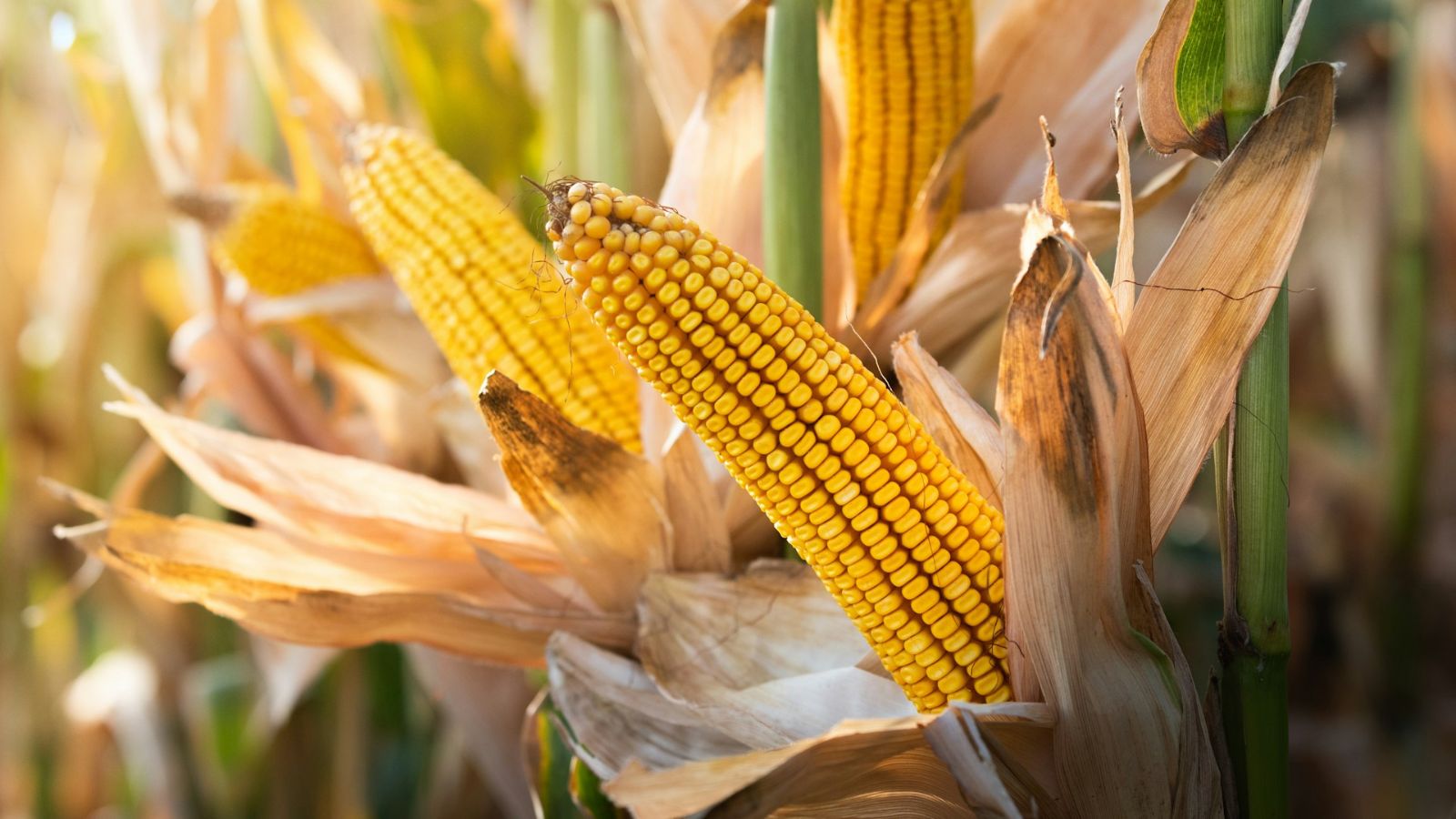A Meditation on Loving Our Skin
A powerful practice on cultivating self-compassion and feeling more at home in our skin The post A Meditation on Loving Our Skin first appeared on Tricycle: The Buddhist Review. The post A Meditation on Loving Our Skin appeared first...
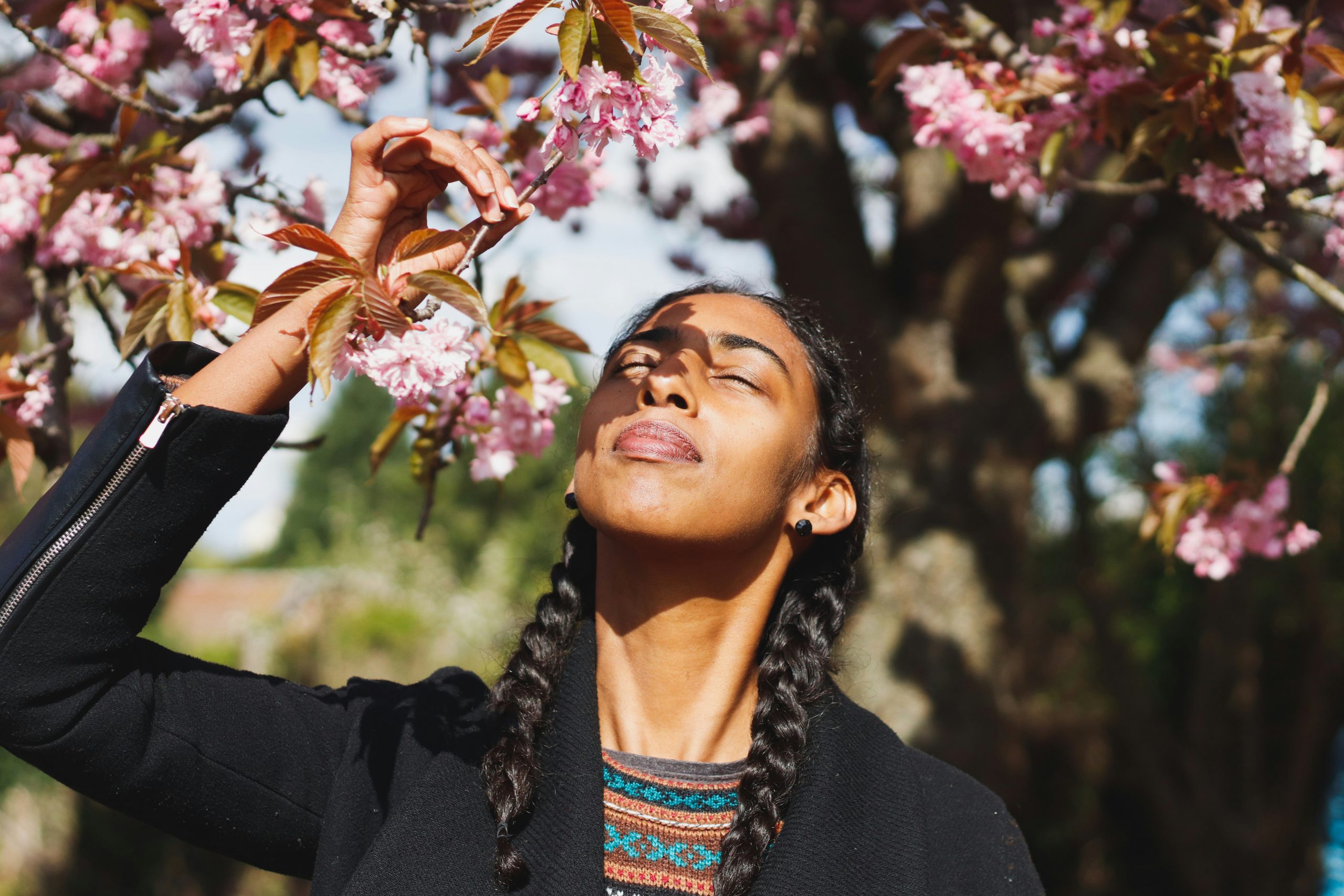
A powerful practice on cultivating self-compassion and feeling more at home in our skin
By Kaira Jewel Lingo Feb 03, 2025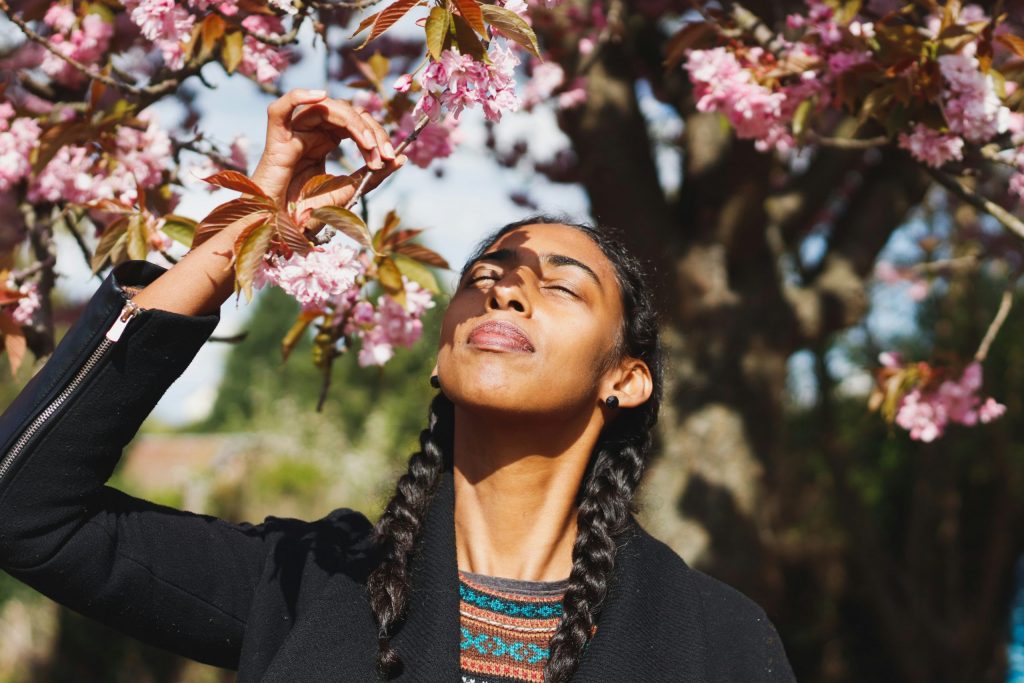 Image by Suad Kamardeen
Image by Suad KamardeenLet your body come to rest in whatever position you find most comfortable. Take a moment to lengthen the spine and to let the shoulders release down toward the earth, opening through the chest and softening. Notice if there is any holding or tension that you can release, especially as you breathe out.
Bring awareness to the breath, noticing the inbreath and the outbreath, or you can bring awareness to bodily sensations. Any time in this practice that you notice your mind moving into other places, other times, gently bring your awareness back to your experience in this moment, whether it is the breath or the body.
Breathing in, be aware of the whole body.
Breathing out, be aware of the whole body.
Breathing in, calm the body.
Breathing out, allow the body to rest.
Breathe and rest in this way a few times.
Now notice the skin on your body, bringing a kind attention and curiosity to this layer of skin. Some parts have hair, some parts are bare. Some are softer, others rougher, like the soles of your feet and the skin of your elbows and knees. Then there is the skin that leads to the inner parts of your body, like the inner parts of the eyelids; the skin of your nose that turns into the inside of your nostrils; the skin of your ears that turns into the inner ear; the skin on your lips that leads to the skin of the inside of your mouth.
There are different colors of your skin, like the palms of your hands versus the top of your hands. If you are middle-aged or older, there may be places where the skin is looser, and more taut, smoother, or more wrinkled. Take in all the varieties of your skin, all the multiple expressions of your skin, appreciating its protection.
Appreciate its intelligence; how it adapts and helps you communicate with the world around you. It is a kind of thermostat, helping you register what the temperature is around you, and if you need to cool down, it supports you to cool down through sweating. If the temperature is cold, it communicates that to your nervous system, and it helps you to warm up through shivering and goose bumps, the hair raising to help preserve your warmth. Appreciate its way of connecting you to the world around you. It is highly absorbent and absorbs the oils or creams that you put on it. And if it gets hurt, it also knows how to heal: with scars, with scabs covering over the wound, fighting infection. It is a wondrous organ, the largest organ of our body. Appreciate all of its functions, without which we wouldn’t be able to live.
And let’s journey a little through time to appreciate how your skin has changed as you have grown and developed from when you were an embryo in your mother’s womb, and your skin first formed over your body. You had an umbilical cord that was a kind of extension of your body and skin connecting you to your mother. What she took in through her skin became part of you: the sunshine, the rain. And then you were born, and you had a layer of white vernix caseosa on your skin that was cleaned off of you, and you began to exist on your own, and your layer of skin became a barrier between you and the world around you.
For the first time, you felt cold and you felt heat in a way you didn’t feel in the womb. You felt the sunshine for yourself for the first time. You felt the wind, the clothing on your skin. As you grew, your skin changed to accommodate your growing size, your growing level of activity and independence. You were more exposed to the elements. The softness of baby skin gave way to a thicker skin as you went through childhood, through your teenage years. The way your skin interacted with the environment around you changed. There is so much wisdom in this incredible organ that has gone through so many phases of life with you. Take time to love, to appreciate your skin. No one else has skin just like your skin. It is unique in all of the world.
Notice if you learned along the way that something was wrong with your skin, with its color, with its unique expressions. Maybe it has rolls or freckles or growths or unique colorations, patches of different colored skin. Perhaps you received the message that the color of your skin was somehow not normal, not acceptable, not loved, not valued. Take a moment to notice if there is some pain in you in relation to this view others might have had about you and your skin, or that the society that you grew up in may have had. Honor this, whatever emotion it may be, and offer it care and attention.
No one else has skin just like your skin. It is unique in all of the world.
As you continue to feel your skin, let your skin breathe, and rest, and receive your care and appreciation, even if you were instructed or told that your skin wasn’t beautiful, that it wasn’t precious. Let your skin know the truth now, how beautiful it is, how precious it is, how it is perfect, just the way it is—however dark, however light, however tanned, however not tanned, however young, however old. It has kept you alive your whole life until now. And it represents all of the gifts, all of the wisdom, all of the experiences of all generations of ancestors who came before you. It is also their skin. Caring for our skin, loving our skin is a way to care for and love our ancestors too.
To close our practice, let yourself feel that you are among a community of others, maybe those who are reading this right now, and that we are all sitting together, creating a container for each other. Feel that you are being held by this community and contributing to it, and feel this “community of the heart” as another kind of skin, another layer around your individual body that is holding you, that is supporting you, and protecting you. Let yourself rest within this larger living organism, this larger container of skin, that we are creating together. You don’t have to do everything on your own. Let the presence of the whole embrace your skin with our collective skin.
Thank you for your practice. May we all feel more at home in our skin.
⧫
Kaira Jewel Lingo excerpt from “A Meditation on Loving Our Skin” from Healing Our Way Home: Black Buddhist Teachings on Ancestors, Joy, and Liberation by Valeriè Brown, Marisela B. Gomez, and Kaira Jewel Lingo. Copyright © 2024 by Valeriè Brown, Marisela B. Gomez, and Kaira Jewel Lingo. Reprinted with the permission of The Permissions Company, LLC on behalf of Parallax Press, Berkeley, California, www.parallax.org.
![]()
Thank you for subscribing to Tricycle! As a nonprofit, we depend on readers like you to keep Buddhist teachings and practices widely available.

 Fransebas
Fransebas 







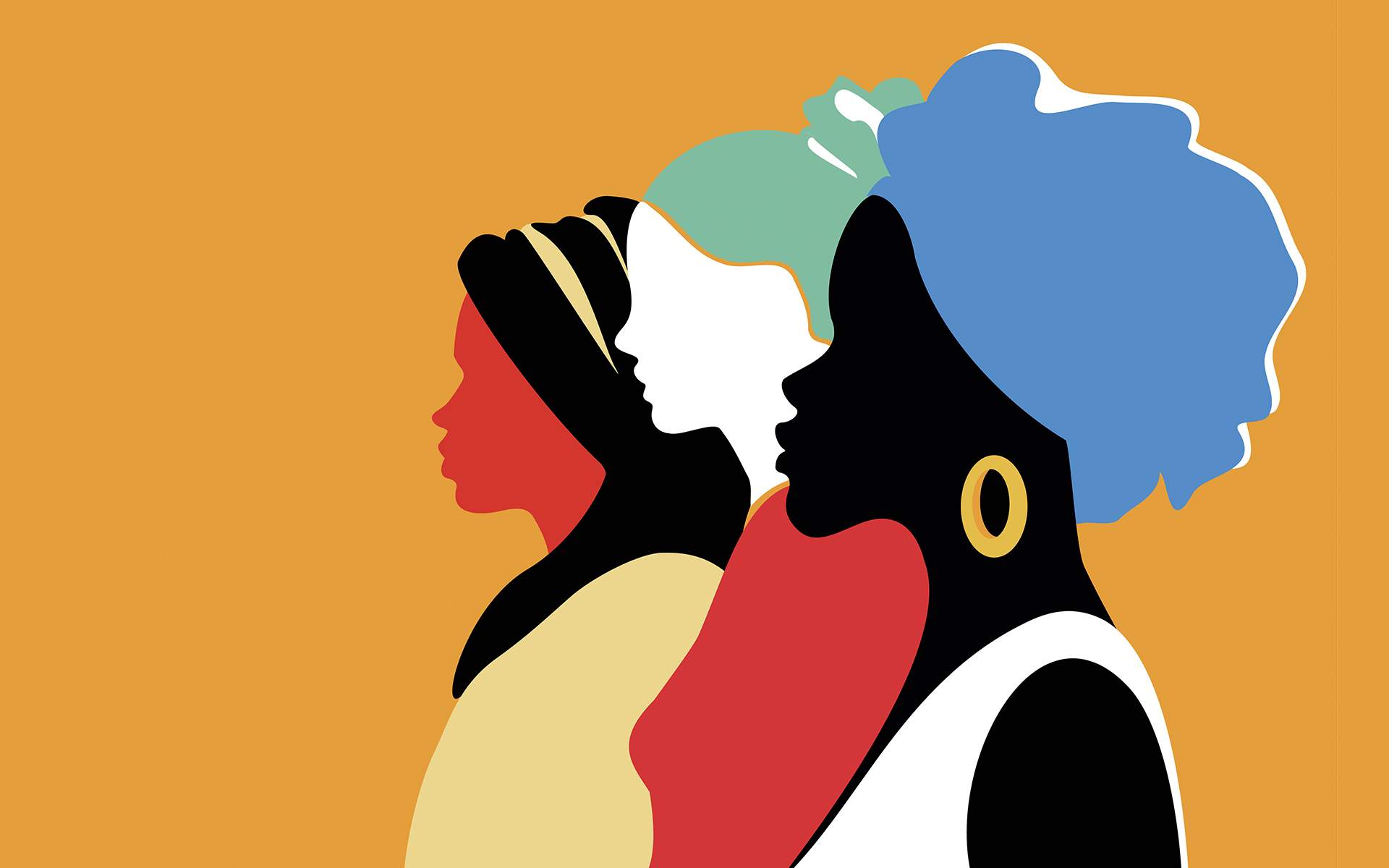

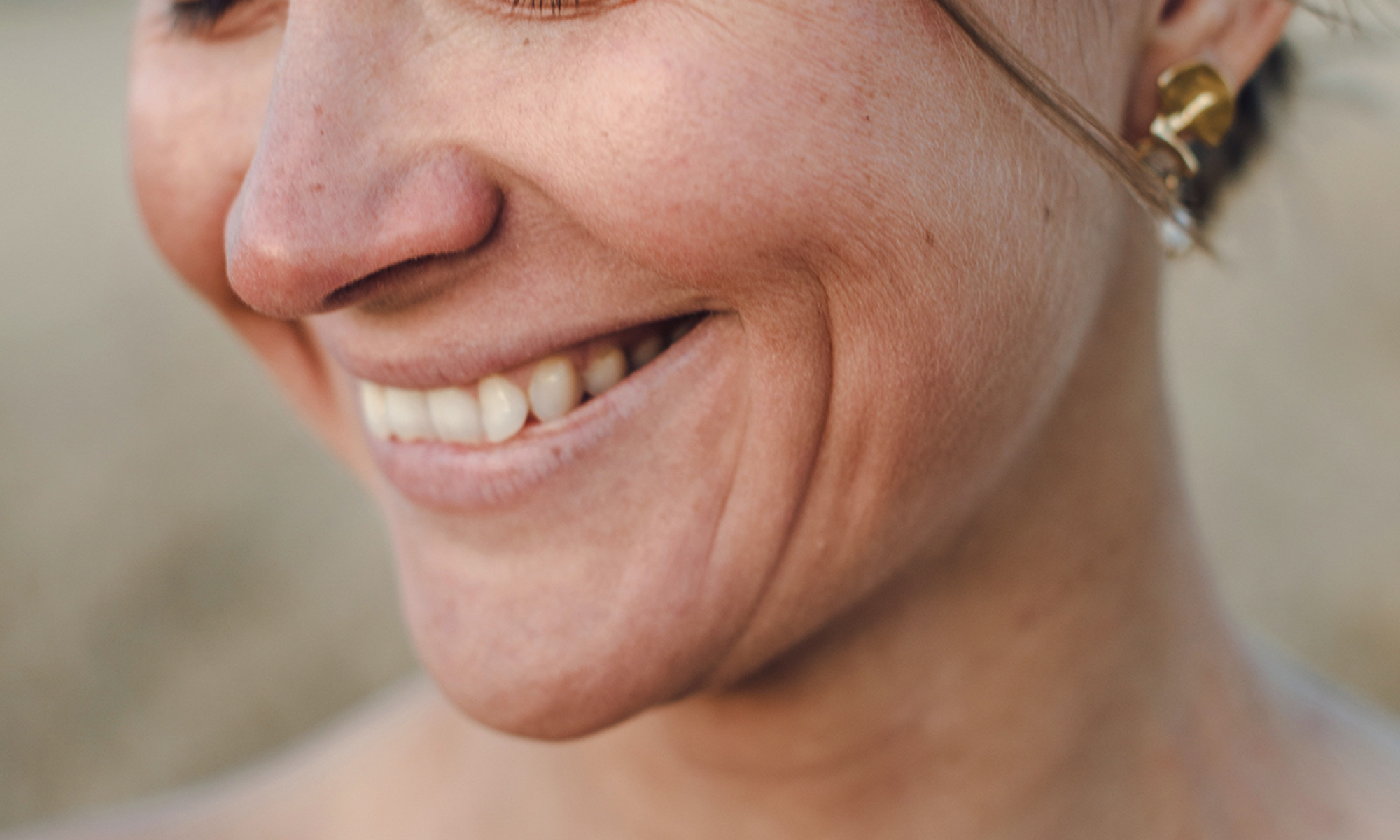


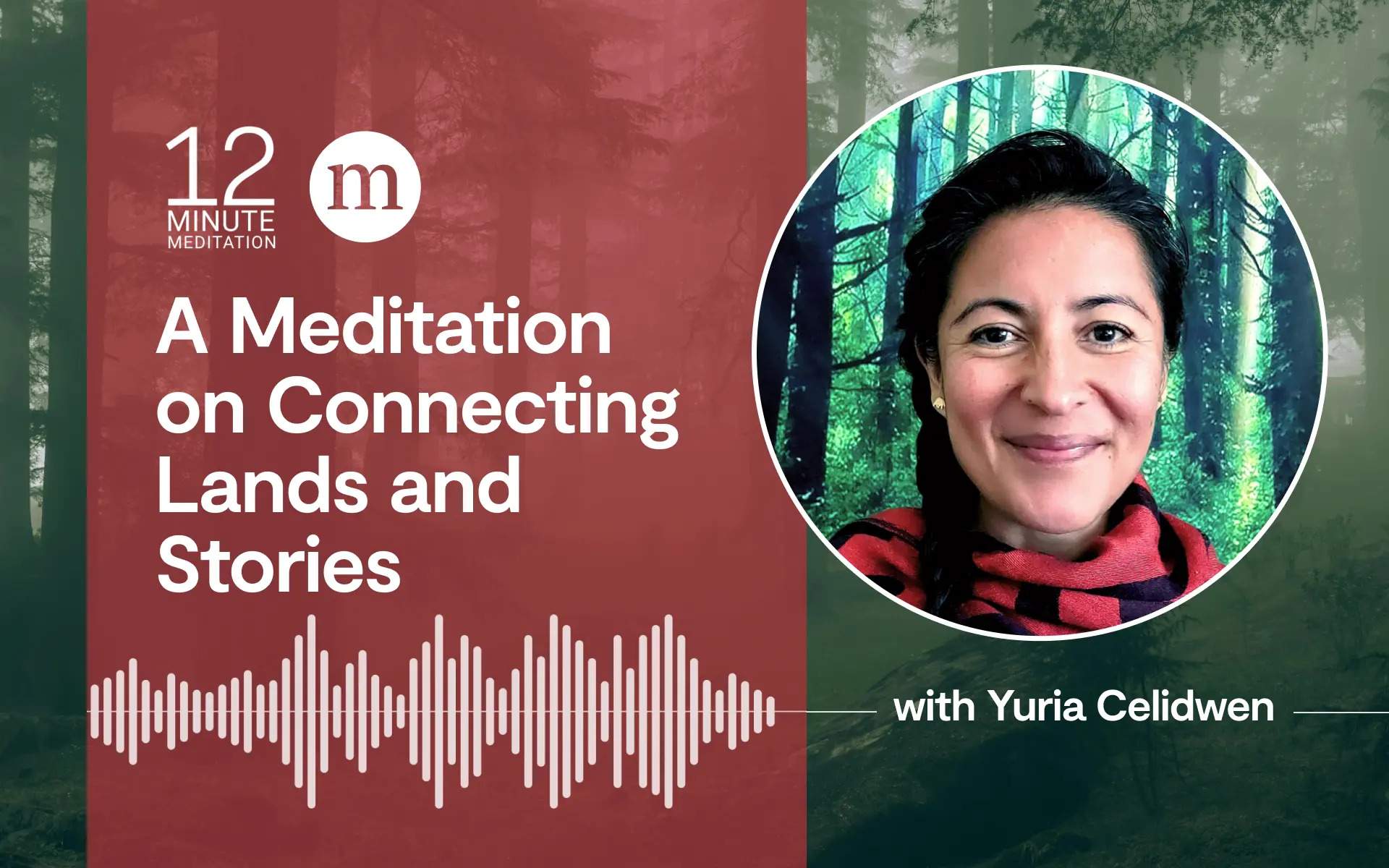



.jpg&h=630&w=1200&q=100&v=6e07dc5773&c=1)











